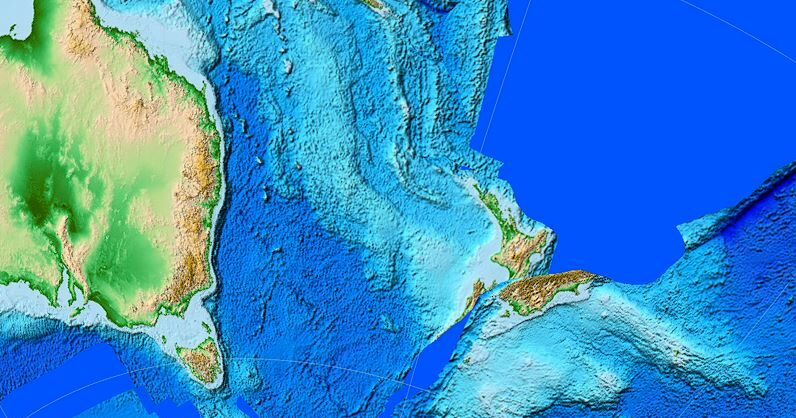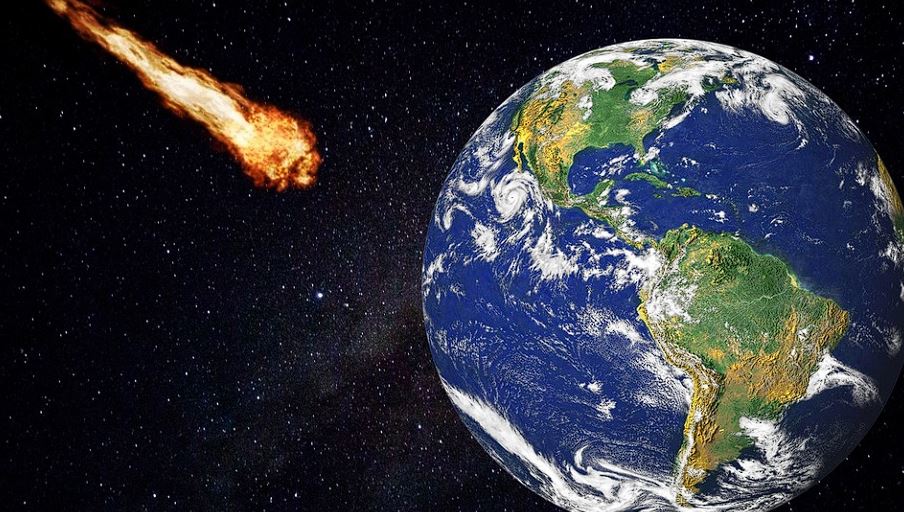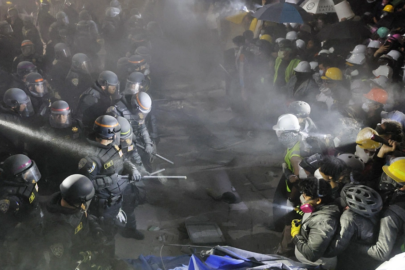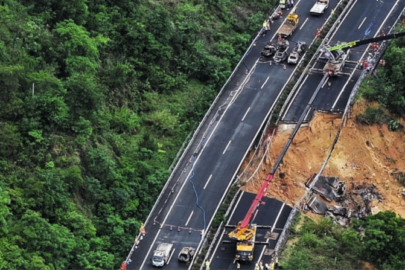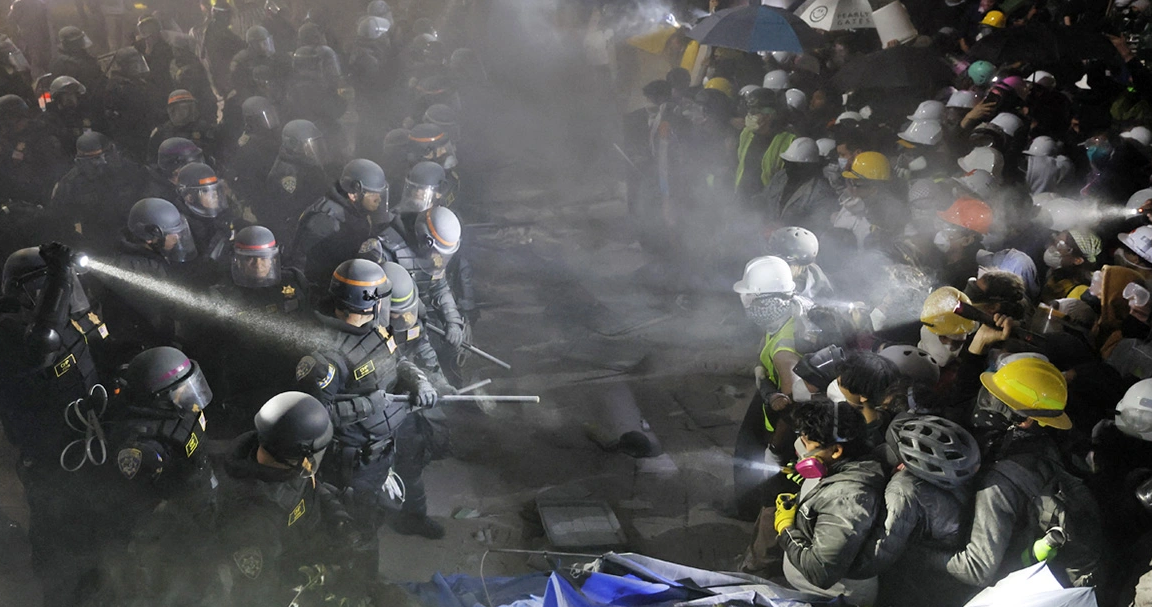After 375 years of speculation and exploration, scientists finally confirmed the existence of a “missing” continent known as Zealandia or Te Riu-a-Māui in the Māori language. This continent, which is approximately 1.89 million square miles in size, was once part of an ancient supercontinent called Gondwana, which also included Western Antarctica and Eastern Australia over 500 million years ago. However, Zealandia began to “pull away” from Gondwana for reasons that geologists are still trying to understand roughly 105 million years ago. As it did so, it gradually sank beneath the waves, with over 94% of the landmass remaining underwater for millennia.
The existence of Zealandia was first recorded in 1642 by Dutch businessman and sailor Abel Tasman, who was on a mission to find the “great Southern Continent” or Terra Australis. While Tasman failed to find this new land, he did encounter the local Māori when he landed on the Southern Island of New Zealand. Despite their hostility towards him, the Māori provided valuable information about the surrounding landmass, including the existence of a large landmass to the east. However, it would take nearly 400 years for scientists to agree on the existence of Zealandia.
In 2017, a group of geologists hit the headlines when they announced their discovery of Zealandia –Te Riu-a-Māui in the Māori language. A vast continent of 1.89 million sq miles (4.9 million sq km) it is around six times the size of Madagascar

